The project you were working on was near completion. Suddenly, your boss expects you to relook at the project with fresh requirements and a new angle.
That instantly threw you off your comfort zone to something bewildering. You ask yourself, why me? Well, that’s not going to help much. This is reality!
Jump to Section
The Need for an Agile Solution
With the rapidly changing world that we live in, an agile solution is today’s solution to an age-long problem. One has to think with an open mind and be flexible to introduce new elements when fresh requirements come about.
This is commonly seen across businesses nowadays, where managers are tossing new ideas at clients or customers to win their hearts, and going with the flow.
Questioning change is no use, but asking why to adopt Agile methodology is a good start.
What is Agile methodology? How can this help counter an array of last-minute changes in project planning and execution?
Let’s dive straight into it to understand agile methodologies really work.
An Overview: Agile Methodology
With Agile methodology, the project team can make the dream to successfully deliver the project in time a reality. They can also ensure all modalities are met as required by the client. Isn’t that great?
What it offers:
- Agile Methodology has important principles which include customer satisfaction, co-operation, and communication, working software importance, and embracing change, to name but a few.
- Agile methods break-up complex tasks into small incremental tasks grouped up in iterations.
- The iteration involves a team with cross-functional skills. Planning and requirements analysis, designing and coding, unit testing, and acceptance testing are done by the same team.
- Once the iteration is implemented, a working product is presented to the client. This reduces overall risk and allows the project to adapt to the changes easily.
As above, is a graphical representation of Agile methodology in ‘Sprint’ project.
What Is Scrum?
Scrum is an Agile framework for completing a complex project. There are many frameworks in Agile, out of which Scrum is one of the most important frameworks.
- Scrum is an adaptive, iterative, fast, and flexible methodology.
- Scrum is designed to quickly deliver notable value during a project.
- It will ensure effective communication and creates a framework of combined liability and ongoing progress. The Scrum team discusses ways to develop processes as they move ahead into subsequent Sprints.
This framework consists of three roles – Product Owner, Team, and Scrum Master. Know their respective responsibilities, next:
The Scrum Product Owner
The Product Owner plays a key role in the Scrum Agile Methodology. They are typically a person who communicates with the customer to understand the requirement. They are responsible for the overall project vision and target.
The product owner participates actively in Sprint Planning and Sprint Review meetings; determines release plans and communicates the same to the upper management and also with the customer.
The Scrum Team
In Scrum, it is recommended to have 7 to 9 people in a team. Importantly, If the team remains the same for the tenure of the release, then it can deliver the work easily without any deviations.
The team members earn the maximum advantage if they belong to the same place, but Scrum will also work well if the team is diversified/globalized.
The Scrum Master
A Scrum Master oversees that the Scrum agile methodology is appropriately performed by the team. They do everything in their capacity to help the team achieve targets successfully, clearing all bottlenecks or issues should they arise during the process.
The Scrum Master ensures that the team is following Scrum to its core values and principles.
What Is the Product Backlog
If you are planning to work with Agile, you should aware of user stories. Here, the Business Analyst breaks-down the requirements into smaller components called ‘user stories’.
In Product Backlog, you will find a list of things of value to the business for the team to produce. Each gets a rank in the order of priority.
The product owner can add, change, remove, and reorder items in the product backlog. These modifications can be made only before starting a Sprint Planning Meeting.
What Happens in Sprint Planning?
A Sprint Planning meeting is the first activity inside a Sprint. In this, we consider only high priority ‘user stories’ in a Backlog in particular Sprint.
A Sprint may fluctuate between one and six weeks. During the Sprint, a Scrum Master coordinates Daily Standup Meetings and, the Scrum Team discusses progress. Toward the end of the Sprint, there is a Sprint Review Meeting during which the Product Owner and concerned business people are provided a demonstration of the Deliverable.
V Model or Agile, Which One Os the Best?
V model or Agile, it can be better understood and compared based on the following attributes:
1. Productivity
2. Product Quality
3. Customer Satisfaction
4. Return on investment (ROI)
Productivity
Productivity comes from people who are working on the technology method, irrespective of the technology or framework they use. If we are to compare the V-Model with Agile, the Agile model has slightly better results.
Case Scenario
Let’s say, a quality team is testing ten features of a project and the team is in the middle of verifying the implementation. The team has verified five features, and the remaining features are pending. But, while doing so, the team faces slight changes in requirements which may affect all the features.
In V-Model, there will be a need to update all phases of SDLC which means the testing team will be spending 50% more time in retesting due to the changes.
In the Agile framework, the team is testing throughout the cycle and constantly making adjustments to the code. This means that productivity loss is next to none. In fact, it will ease the burden on the team in adopting changes more easily.
Product Quality
Software development takes place in incremental, rapid cycles. This results in small incremental releases, and each release builds on earlier functionality. The QA team performs granular testing on each release to ensure software quality.
Customer Satisfaction
Delivering products to market more quickly with every release is the key here. The client gets access to the product at an initial stage during the SDLC life cycle. The idea is to keep customers involved and engaged throughout the whole project lifetime.
Return on Investment (ROI) with Scrum
Software is developed to enhance business performance. Focusing on business value is really the key when a client determines the feature set and lays out the priority for the required software. The development team must understand this well, and accordingly deliver the software with more important features first, to match business goals.
Advantages of Agile Methodology according to following parameters:
|
Parameters |
Agile Model |
|
The approach of this methodology |
This methodology is very flexible and adjustable and can adapt to the project needs. |
|
Measurement of Success |
The success of the project in an Agile model is measured by the Business value delivered. |
|
Ability to adapt the changes |
In the Agile model, the changes are accepted and adapted as per the project needs. |
|
Revenue |
In the Agile method, the return on investment is early in the project cycle. |
Key Takeaways
Change is bound to take place. New requirements will kick-in eventually. That’s really where Agile Methodology helps software developers to match speed and quality with minimum wastage of time, money, and efforts.
In Agile, the endeavour should be to proactively and constantly communicate with the client. Everything is with the goal to stay updated on new requirements and also get quick feedback. Agile methodology is a time-tested, now widely-used, practice to counter unprecedented dynamism in any growing business.
Time-bound pressures of delivering high-quality software are met using Agile methods.
- What Products Should You Sell on Amazon? - November 18, 2020
- 10 Reasons Why You Should Start Selling on Amazon - October 22, 2020
- Comparative Study of Top 6 Web Scraping Tools - September 3, 2020

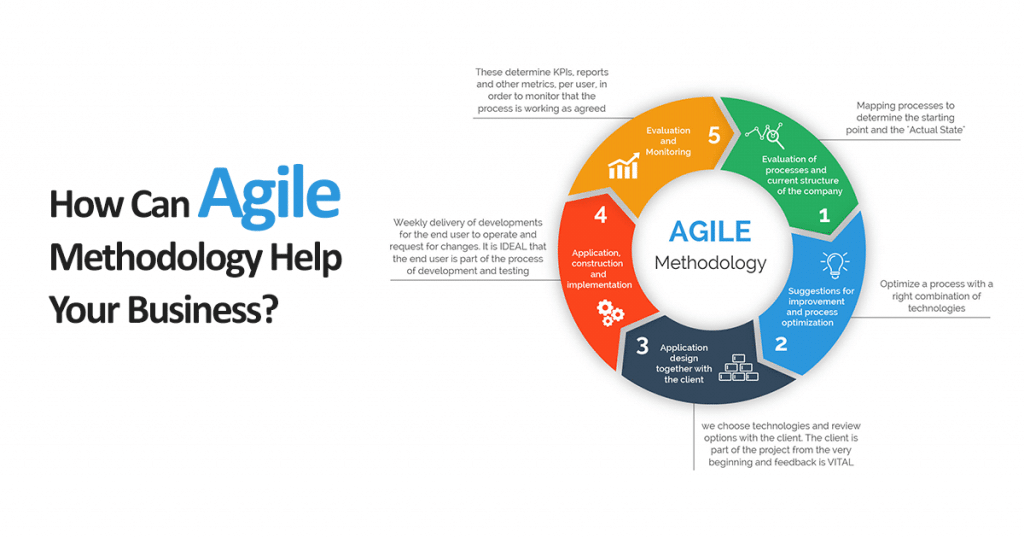
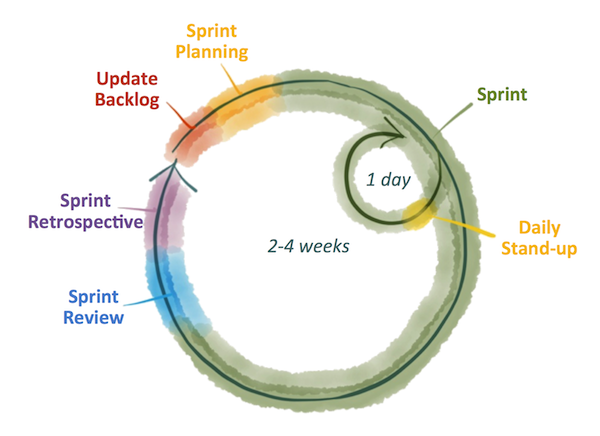
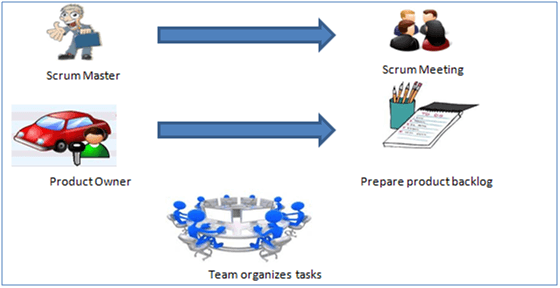
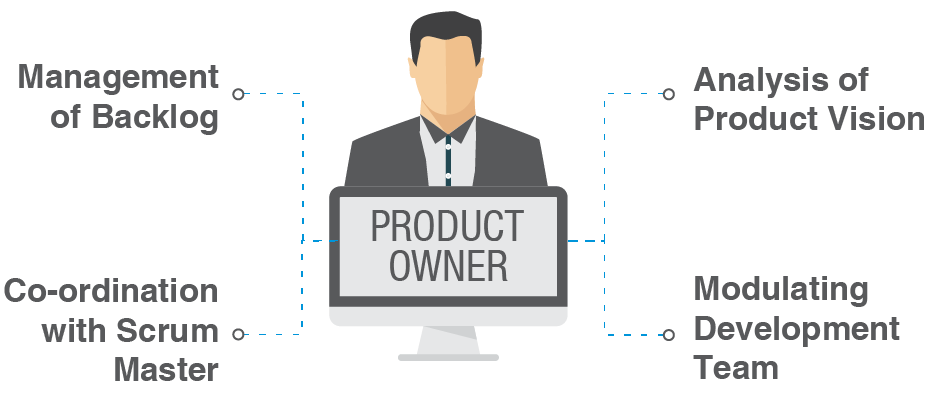
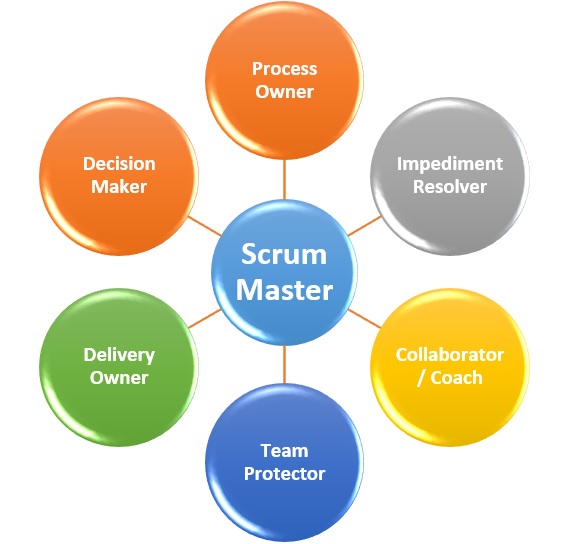

Good Job Richa!!!
I read many blogs but the words , the standard you have used in this Blog is really outstanding. This blog will really helps to the Guys, who see their future in the WORLD of TESTING… Keep writing and post your Blogs. We will wait for such a nice Technical Blog.
This blog is really helpful to understand the Agile process and explained in a layman language, which is the beauty of this blog. Keep writing such informative blogs.